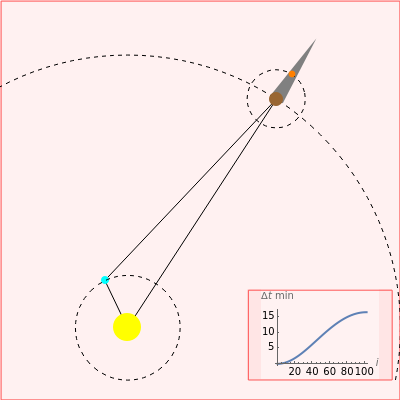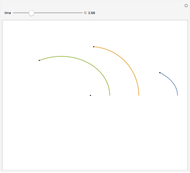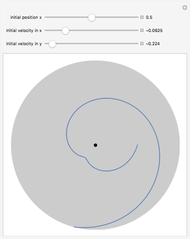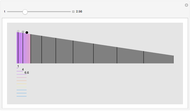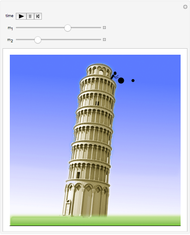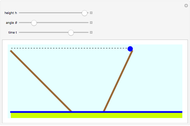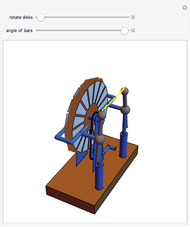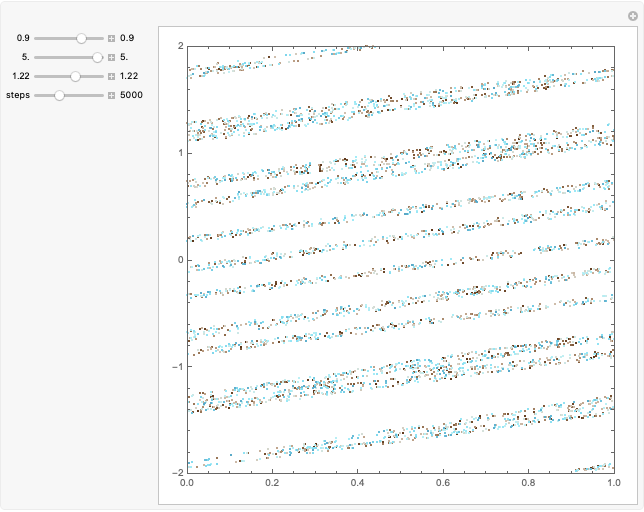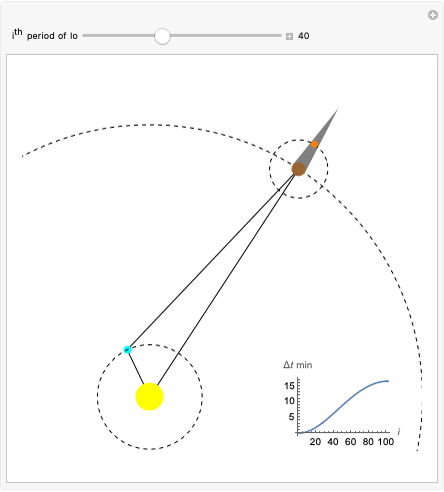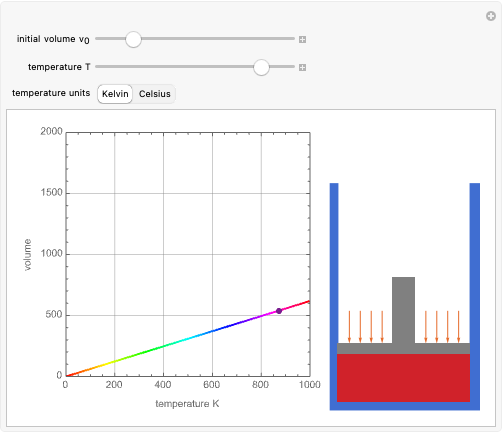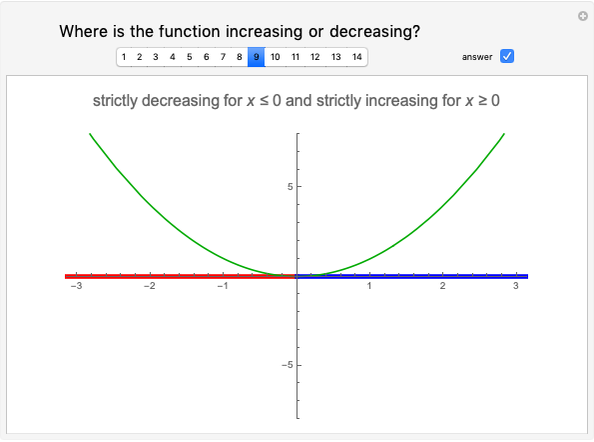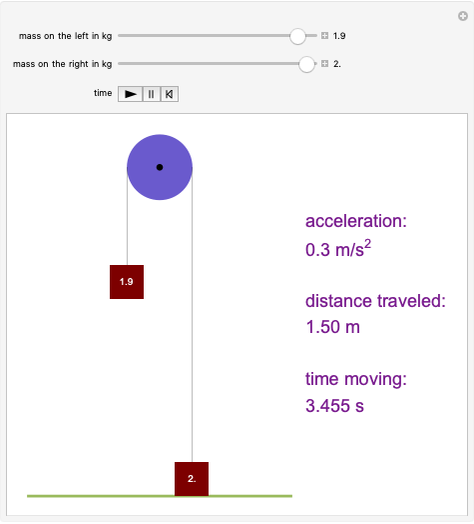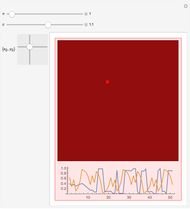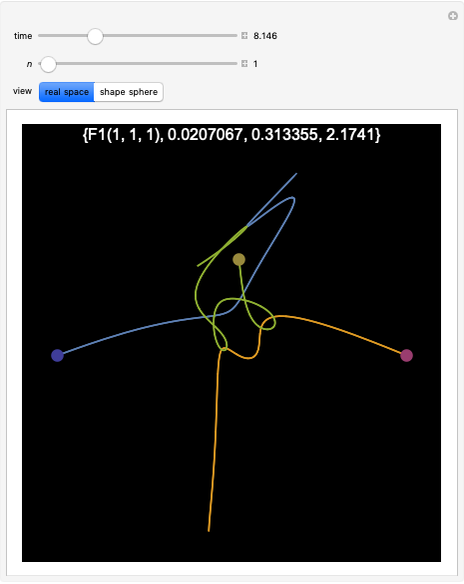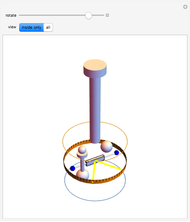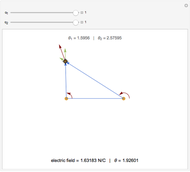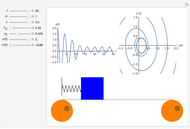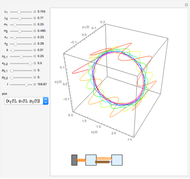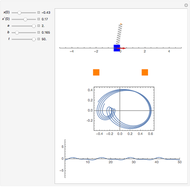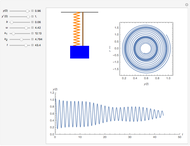Rømer's Measurement of the Speed of Light

Requires a Wolfram Notebook System
Interact on desktop, mobile and cloud with the free Wolfram Player or other Wolfram Language products.
Ole Rømer, a Danish astronomer, calculated the speed of light by observing the eclipses of Jupiter's moon during the years 1668–1674. A discrepancy was observed for the time between the eclipses, increasing when the Earth was moving away from Jupiter and decreasing when the Earth was approaching. In half a year, there are a total of 102 eclipses of Io, giving a maximum delay of 16.5 minutes (shown in the bottom-right plot). Rømer interpreted this as the difference in the times needed for the light to travel between Jupiter and Earth. He obtained a value of 214,000 km/s compared to the current value 299,792 km/s. The diameter of the Earth's orbit was not accurately known and there was also an error in the measurement of the delay. Nevertheless, it was a first confirmation that the speed of light is finite.
Contributed by: Enrique Zeleny (April 2010)
Open content licensed under CC BY-NC-SA
Details
The time delay of an eclipse of Io is given by
 ,
,
where  and
and  are the radii of the orbits of the Earth and Jupiter,
are the radii of the orbits of the Earth and Jupiter,  is the angular velocity of Earth,
is the angular velocity of Earth,  represents the
represents the  period of Io, and
period of Io, and  is Io's period; finally,
is Io's period; finally,  is the distance when the Earth is closest to Jupiter and
is the distance when the Earth is closest to Jupiter and  is the velocity of light.
is the velocity of light.
[1] J. H. Shea, "Ole R\:01ffmer, the Speed of Light, the Apparent Period of Io, the Doppler Effect, and the Dynamics of Earth and Jupiter," Am. J. Phys., 66(7), 1988 pp. 561–569.
Snapshots
Permanent Citation
